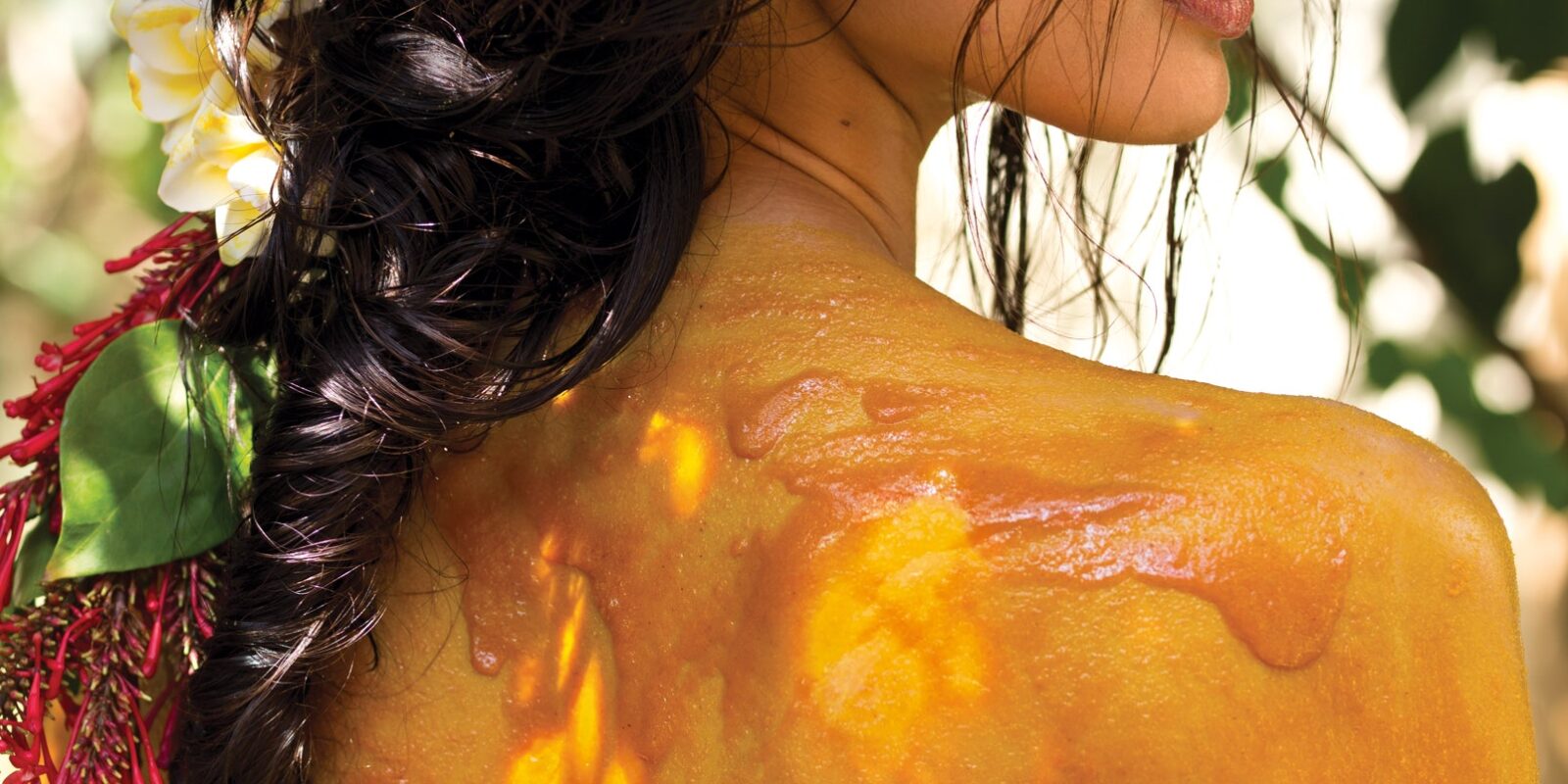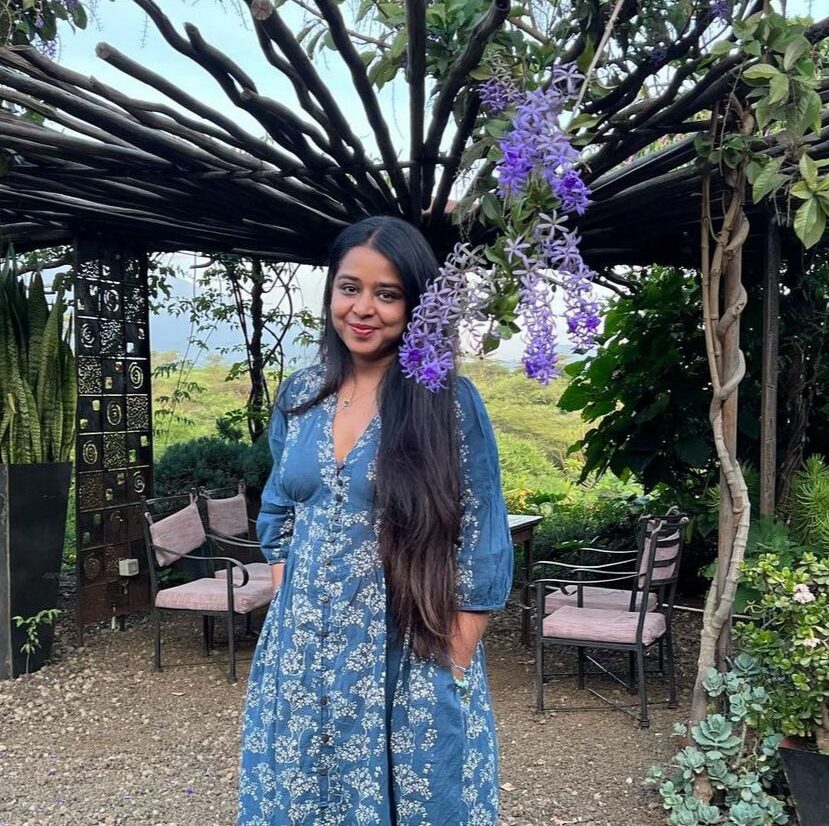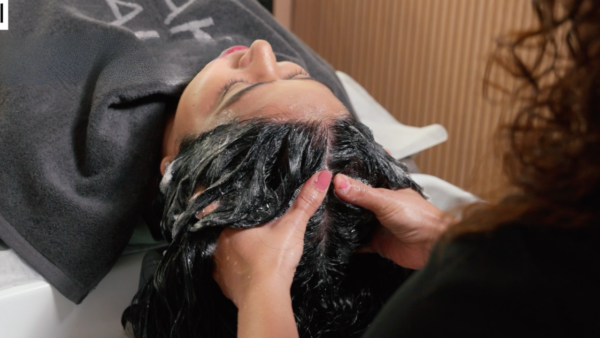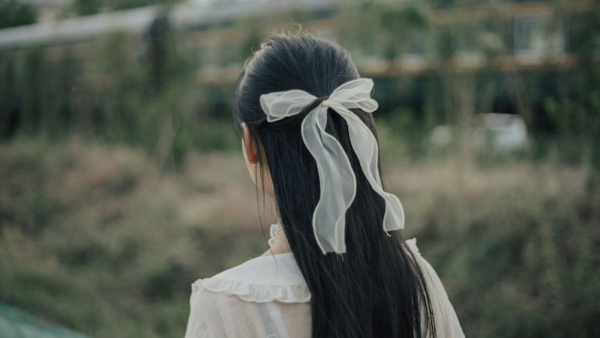If you have been struggling to find a haircare routine that solves your concerns, it’s time to look beyond the regular suspects of shampoos and conditioners, and delve deeper into your roots, to assess what’s causing the disruption of hair structure and texture. Ayurveda takes a particularly holistic look at haircare. “The basic principle of Ayurveda is that the body is governed by three energies—vata (air), pitta (fire/heat) and kapha (water and earth), and the harmony between the three is the key to wellbeing,” says Ayurvedic physician Dr Shailendra Chaubey. Explaining why dietary changes are as critical as topical application of oils and herbs, Dr Chaubey says, “According to Ayurveda, all our tissues that grow outwardly, like the hair, nails and teeth are part of the bone system, hence bone health decides the health of the hair. If the nourishment of our bones is compromised (deficiency of nutrients/lesser absorption of nutrients) or if there is excess pitta dosha (acidic pH levels) in the body, then it directly affects our hair.”
These bioenergies determine your hair type and can be more conclusive than the traditional yardsticks of measuring hair health. “When identifying your Ayurvedic hair type, it is important to differentiate between ‘prakriti’ (a person’s harmonious state with a unique dosha balance for each person) from ‘vikriti’ (the state of imbalance). If you have lush curly hair and it’s the hair that you’ve always had, then that’s your prakriti. If you normally have full curls that are now becoming thinner or having split ends, that is vikriti showing you where an imbalance in the doshas has started to emerge,” explains Dr Taruna Yadav, senior Ayurveda expert at Forest Essentials. Here is the haircare regimen—both topical and ingestible—that you can follow now.
The vata haircare regimen
Characteristics: A normal vata type tends to have thin, straight hair with higher porosity. It’s normal to dry, with thin hair density, slightly rough and curly sometimes. The imbalance in vata dosha causes excessive dryness, flaky dandruff, frizzy and brittle hair. It may also cause hair thinning and split ends.
Care: “It is recommended that you oil hair two-three times a week with almond oil, castor oil, olive oil or sesame oil infused with hair strengthening herbs like bhringraj, liquorice, shatavari, ashwagandha, etc is key,” shares Dr Yadav.
Dietary additions: Vata is a cold and dry dosha, therefore, warming, grounding, and nourishing foods like nuts and seeds, with moderately heavy texture, with healthy fats (like Omega 3 fatty acids) are advised. Choose salty, sour, and sweet tastes as well as soothing and satisfying foods.
The pitta haircare regimen
Characteristics: Pitta hair tends to be normal to slightly wavy with a medium thickness and hair density, medium strength, and length. Aggravated pitta often leads to excess heat in the hair follicles, which may be damaging. This causes thinning and early greying.
Care: “Use coconut oil infused with cooling herbs like hibiscus, amla and kalonji seeds. Include weekly masking with ingredients that repair such as hibiscus and brahmi,” confirms Dr Yadav.
Dietary additions: Those with predominant pitta should refrain from spicy and astringent foods, and look for foods that are alkaline, which cool and soothe the digestive fire.
The kapha haircare regimen
Characteristics: Kapha hair is thick, smooth, lustrous, well-hydrated, straight, and strong. An imbalance in the kapha dosha can result in excess oil secretion that blocks the follicles of your scalp, which leads to wet and sticky flakes.
Care: “The Ayurvedic kapha hair care regime focusses on hair and scalp cleansing two-three times a week with natural hair cleansing herbs like reetha, shikakai and triphala powder. Since the focus is on purification, those with a kapha prakriti can opt for oiling with neem oil,” says Dr Yadav.
Dietary additions: Those with the kapha dosha should focus on warm, light, foods made with dry cooking methods like baking, broiling, grilling, sautéing, etc.
The article was first published in Vogue





